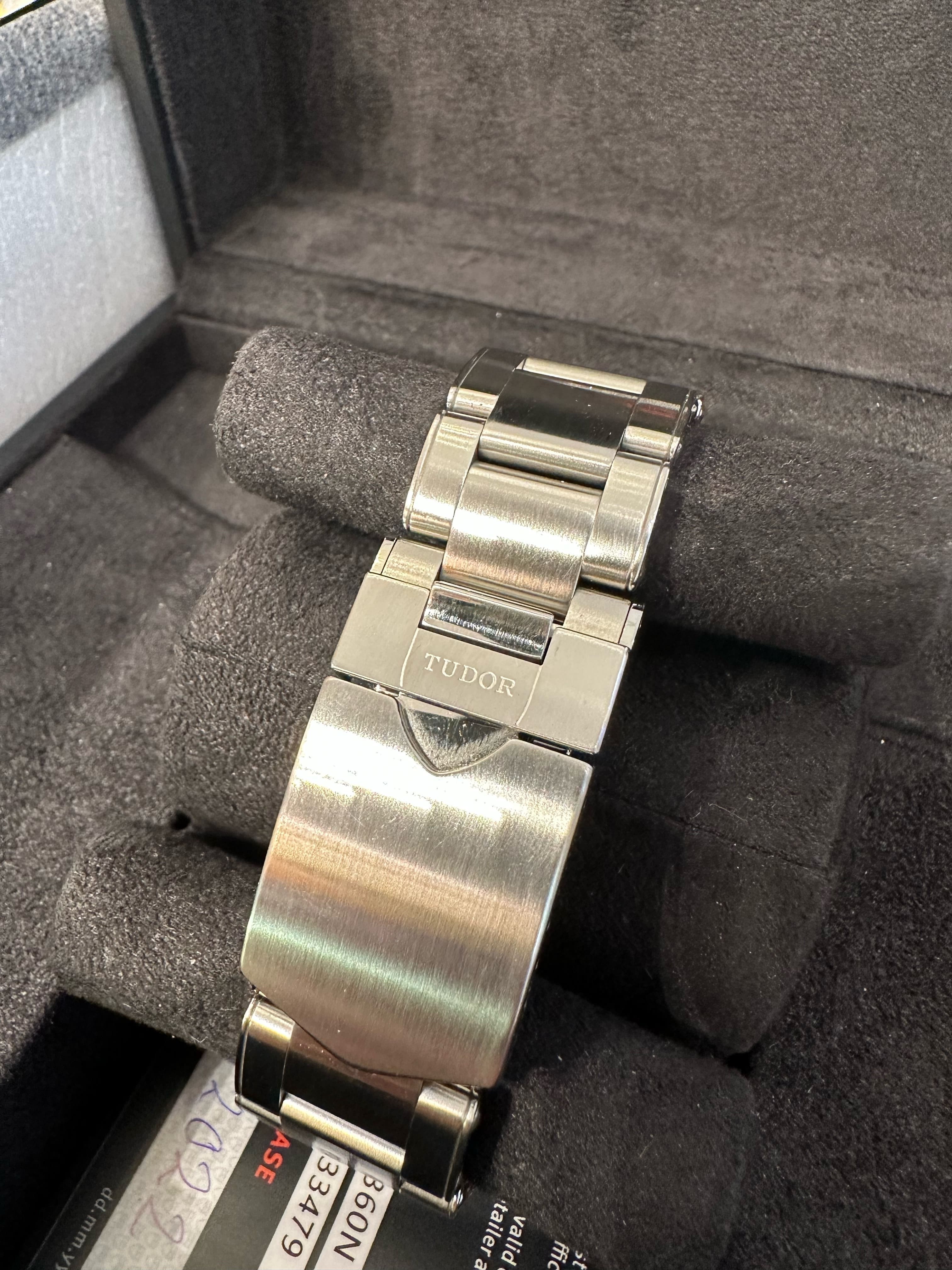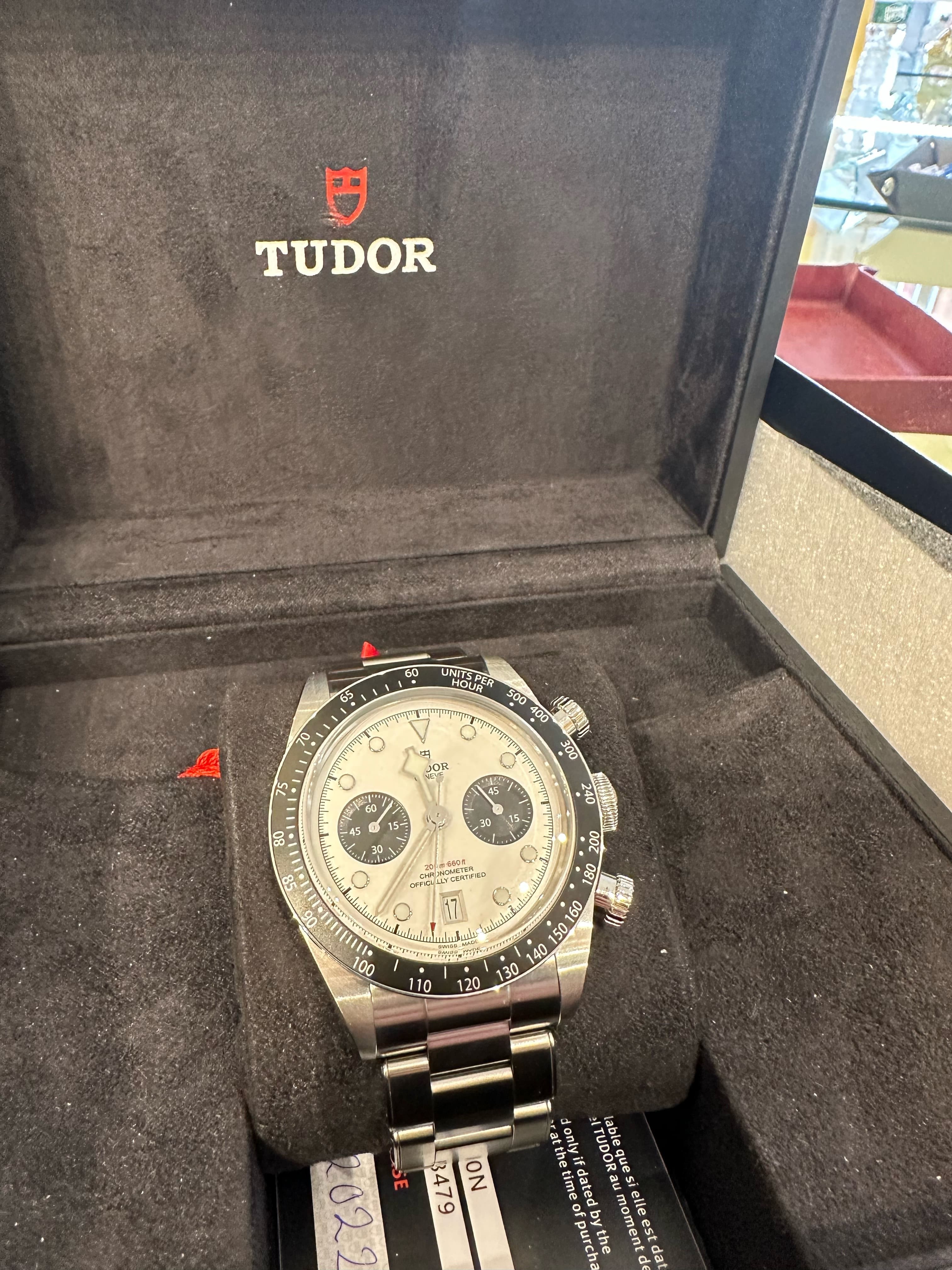The Enchanting History of Cuckoo Clocks
Nestled in the heart of the Black Forest in Germany, cuckoo clocks have long captivated the imagination of people worldwide with their charming melodies and unique design. These delightful timepieces are not just functional clocks but also treasured works of art that symbolize the perfect harmony of craftsmanship and timekeeping. Let us embark on a journey through the history of cuckoo clocks to explore the fascinating origins and evolution of these enchanting timepieces.
The Origins of Cuckoo Clocks:
The roots of cuckoo clocks can be traced back to the 17th century, to a small town called Schönwald in the Black Forest region of Germany. While the exact origin of the cuckoo clock remains a subject of debate, the first known reference to these timepieces appeared in records dating back to the early 1630s.
The early cuckoo clocks were simple wooden clocks with intricate carvings, often depicting scenes of rural life and nature. However, they did not yet have the iconic cuckoo bird feature that we associate with these clocks today.
The Advent of the Cuckoo Bird:
A traditional "coo coo" clock is defined by its unique mechanism where the quintessential "coo coo" sound is produced through a system of bellows that push air through two wooden whistles, masterfully recreating the distinctive two-note call of the common cuckoo.
The addition of the cuckoo bird feature is attributed to Franz Anton Ketterer, a clockmaker from Schönwald, in the mid-18th century. Ketterer crafted a unique mechanism that produced the sound of a cuckoo bird's call, synchronized with the clock's striking of the hour. This innovation brought a touch of magic and enchantment to the already captivating timepieces.
The Golden Era of Cuckoo Clocks:
The 19th century marked the golden era for cuckoo clocks, with a surge in their popularity both within Germany and beyond its borders. Craftsmen from the Black Forest region refined their techniques and designs, and cuckoo clocks became prized exports, captivating people in countries around the world.
The cuckoo clocks gained particular acclaim at the 1850 Great Exhibition in London, where they were showcased as exemplary examples of German horological artistry. This international exposure further contributed to the widespread fascination with these delightful timepieces.
A Mechanical Marvel:
The mechanical complexity of cuckoo clocks has always been a marvel. The clocks are powered by a combination of weights and pendulums, with the iconic cuckoo bird's call generated by a pair of bellows and whistles. The bird emerges from its small door and "calls" on the hour, often accompanied by figurines of dancing couples or other charming scenes.
Evolution and Modernization:
As the years passed, cuckoo clocks underwent several design modifications and adaptations to cater to changing tastes and preferences. While traditional wooden cuckoo clocks remain popular, modern versions now incorporate quartz movements for more accurate timekeeping and simplified maintenance.
In recent times, contemporary artists and designers have also embraced the concept of cuckoo clocks, offering innovative and artistic interpretations that push the boundaries of tradition.
Preserving a Timeless Legacy:
The allure of cuckoo clocks continues to endure, transcending generations and cultures. Today, these timepieces remain not only cherished collector's items but also a testament to the artistic heritage of the Black Forest region.
Through centuries of evolution, cuckoo clocks have managed to retain their whimsical charm and timeless appeal, bringing a sense of joy and wonder to those who embrace them. Whether displayed as a cherished family heirloom or a delightful addition to modern interiors, cuckoo clocks continue to weave their magical charm into the tapestry of horological history.







